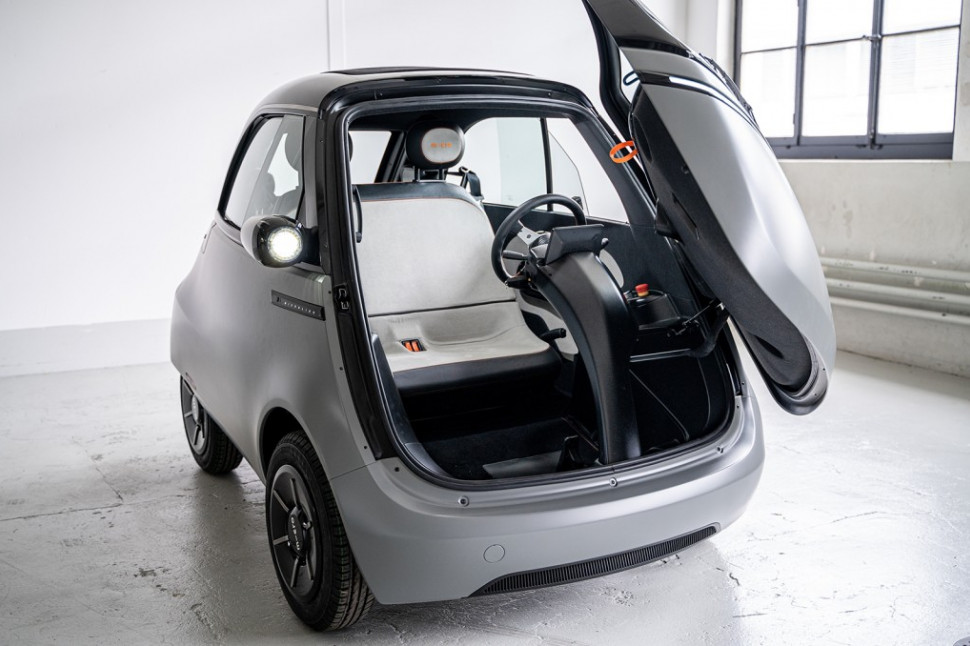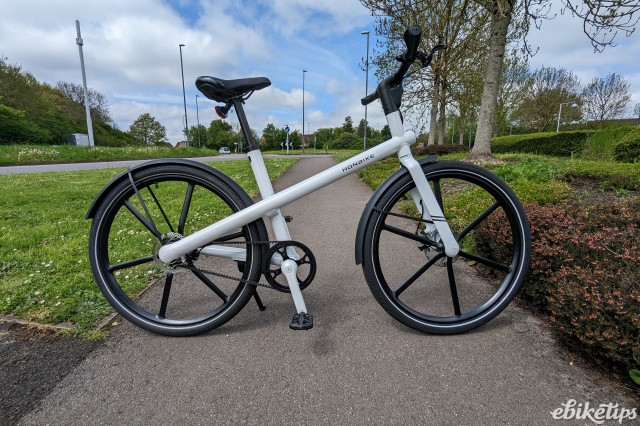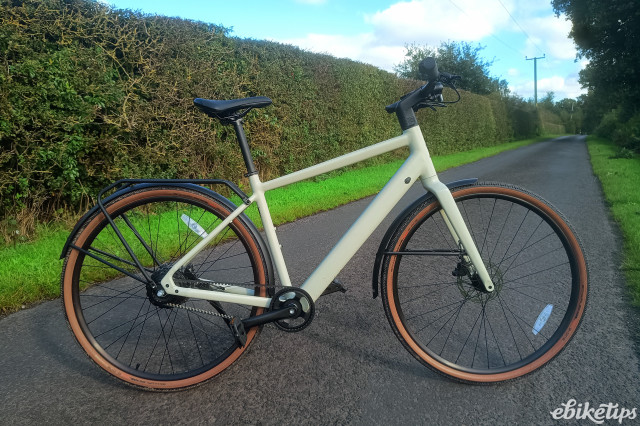It's fair to say that electric microcars aren't on most people's radars - despite the fact that here at ebiketips we regularly try to put them there. We have already taken a look at microcars from Citroen, Renault, Eli and Microlino, as well as exploring where such vehicles fit in the pantheon of light electric vehicles. It seems to us that they offer real advantages and represent a useful strand within the array of light electric vehicles currently on offer.
The situation in China is rather different. According to Inside EVs the country's second most popular new electric car is a Chinese-made microcar, the Wuling Hong Guang Mini EV. In the year to date that model has sold 423,998 nationally.
Unlike most of the Western-orientated 28mph limited microcars we've already highlighted (the Micolino being the 56mph exception), the Hongguang has a top speed of 62mph. Buyers can choose a 9.2 kWh battery with a claimed 75-mile range or a 13.8kWh battery offering a claimed 110-mile range. A more powerful, longer range version is also apparently imminent.
Why so popular?
However, it's likely that that higher speed is just one part of the Chinese success story. When you see a price comparison list like the one we've put together below it's apparent - notwithstanding the obviously lower average income in China - how Wuling's relatively low entry cost must be a big part of its attraction.
Citroen Ami: From £7,695
Eli: Circa US$12,000 (around £10,000)
Microlino: From €15,000 (around £13,000)
Renault Mobilize: Subscription only initially from date TBA 2023
Wuling Mini EV: Circa 28,800 Chinese Yuan (around £3,450)
There's also the fact the Wuling looks a practical and well thought out vehicle. It can seat four people, and boasts air conditioning, power windows, stereo system, anti-lock brakes, tyre pressure monitoring sensors, and rear parking sensors. Later models feature an airbag.
It's perhaps not surprising that Wuling owners' clubs have sprung up across China, with many owners choosing to customise their own vehicles.
So what would it take to popularise microcars in the UK?
So cost looks likely to be a big factor - given the fact the Wuling and its ilk are so much cheaper than anything available here in the UK and in Europe at present.
Additionally, with a large proportion of cars on UK roads being SUVs you might think these larger vehicles are effectively scaring off smaller ones, in the same way that many potential cyclists say they will not venture out onto the roads through the 'fear factor'. However, that's to overlook the fact that electric car sales lists in China are dominated by larger models like Teslas or China's massively popular BYD.
There also seems to be a chicken and egg siutation in the UK that feeds into the cost barrier argument. Most microcars fall into the light electric vehicle categories L3e or L7e - so called quadricycles. In a market with low microcar sales like the UK there is little incentive for manufacturers to register that class of vehicle or for insurers to offer insurance.
However, some clearly think there is a UK market - Siticars launched the two-seater Me electric microcar in 2019 and appear to be still in business. There are pickup and panel van versions with a quoted top speed of around 50mph and a range of around 90 miles. The Siticar has advantages many microcars boast over full size electric cars too; they can be parked in a 'half size' parking space and can be plugged into a regular domestic socket for recharging. The 'high speed lithium' option costs £11,999 whilst lower speed and lead acid options are POA.










